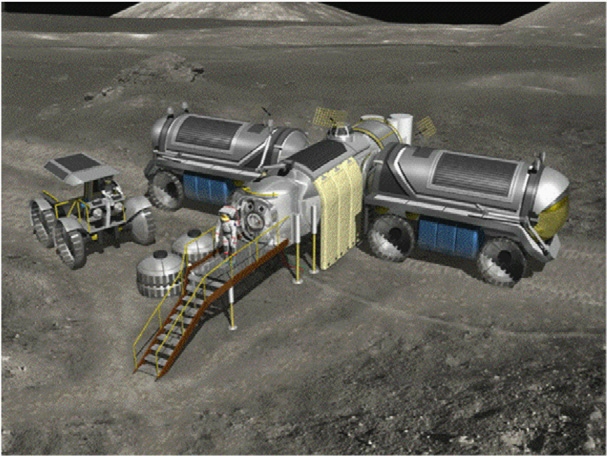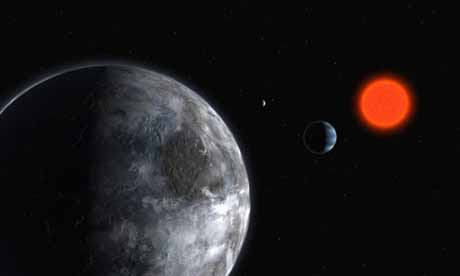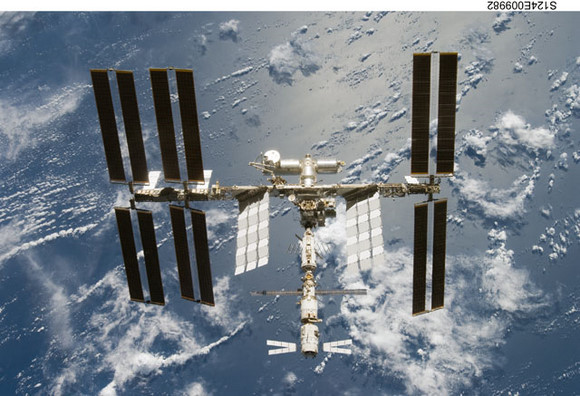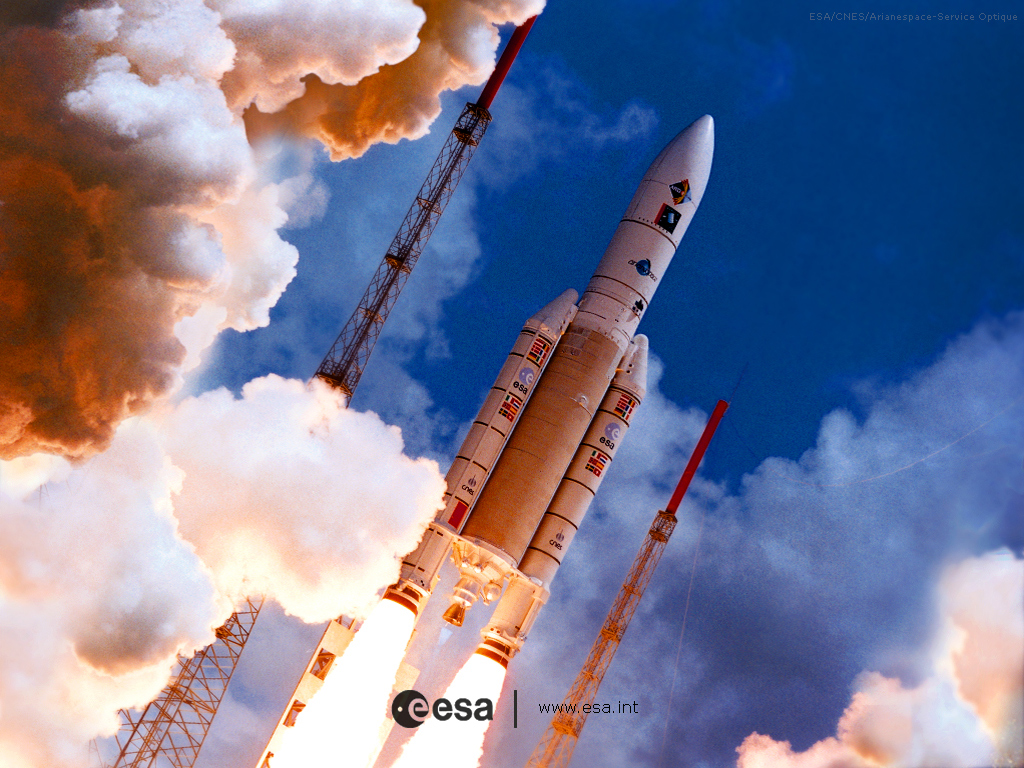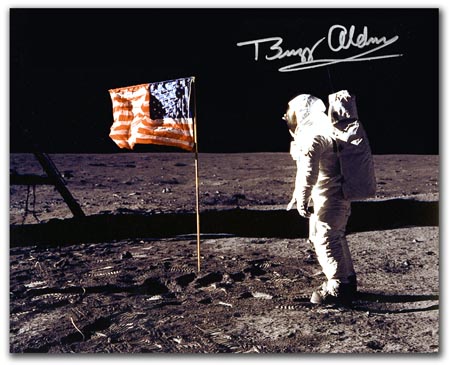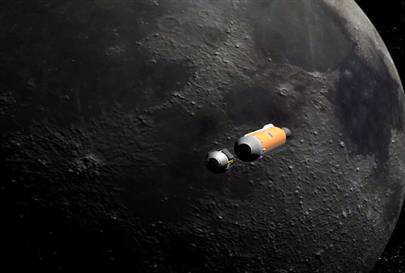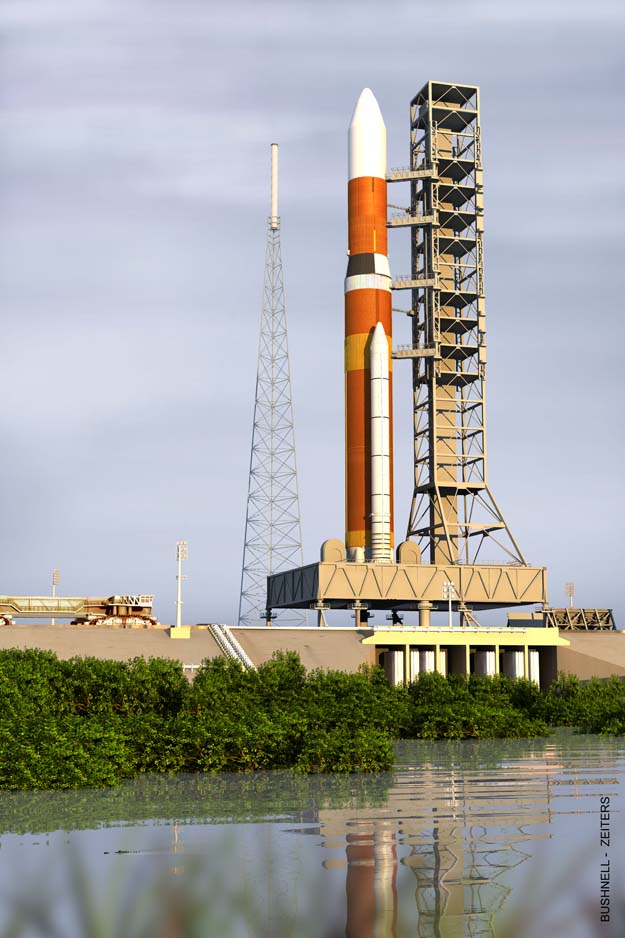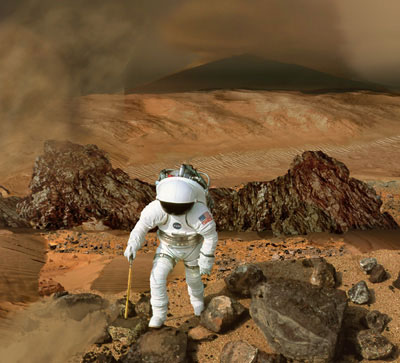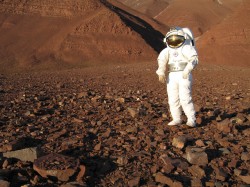[/caption]
Some sobering news from a recent rocket science conference: It is highly improbable that humans will ever explore beyond the Solar System. This downbeat opinion comes from the Joint Propulsion Conference in Hartford, Connecticut, where future space propulsion challenges were discussed and debated. It is widely acknowledged that any form of interstellar travel would require huge advances in technology, but it would seem that the advances required are in the realms of science fiction and are not feasible. Using current technology would take tens of thousands of years, and even advanced concepts could take hundreds. But above all else, there is the question of fuel: How could a trip to Proxima Centauri be achieved if we’d need 100 times more energy than the entire planet currently generates?
In a previous article on the Universe Today, I explored how long it would take to travel to the nearest star using the slowest mode of transportation (the ion driven 1998 Deep Space 1 mission) and the fastest mode of transportation (the solar gravitational accelerated 1976 Helios 2 mission) currently available. I also discussed the theoretical possibility of using nuclear pulse propulsion (a series of fusion bombs dropped behind an interplanetary spaceship to give thrust), much like the 1970’s Daedalus star ship concept (pictured top).
Unfortunately, the ion drive option would take a whopping 81,000 years to get to Proxima Centauri, our nearest star, and using the Sun for a gravitational assist would still take us at least 19,000 years to reach our destination. That is 2,700 to 600 generations, certainly a long-term commitment! To put these figures into perspective, 2,700 generations ago, homo sapiens had not developed the ability to communicate by speech; 600 generations ago the Neanderthals had only recently become extinct. The nuclear pulse propulsion option seems far better taking only 85 years to travel to our nearest star. Still, this is a very long trip (let’s hope they’d offer business class at least…).
Already there are huge challenges facing the notion of travelling to Proxima Centauri, but in a recent gathering of experts in the field of space propulsion, there are even more insurmountable obstacles to mankind’s spread beyond the Solar System. In response to the idea we might make the Proxima trek in a single lifetime, Paulo Lozano, an assistant professor of aeronautics and astronautics at MIT and conference deligate said, “In those cases, you are talking about a scale of engineering that you can’t even imagine.”
OK, so the speed simply isn’t there for a quick flight over 4.3 light years. But there is an even bigger problem than that. How would these interstellar spaceships be fuelled? According to Brice N. Cassenti, an associate professor with the Department of Engineering and Science at Rensselaer Polytechnic Institute, at least 100 times the total energy output of the entire world would be required for the voyage. “We just can’t extract the resources from the Earth,” Cassenti said during his conference presentation. “They just don’t exist. We would need to mine the outer planets.”
For mankind to extend its reach into the stars, we need to come up with a better plan. Even the most advanced forms of propulsion (even anti-matter engines) cannot make the gap seem any less massive. Suddenly the thought of a warp drive seems more attractive…
Original source: Wired


